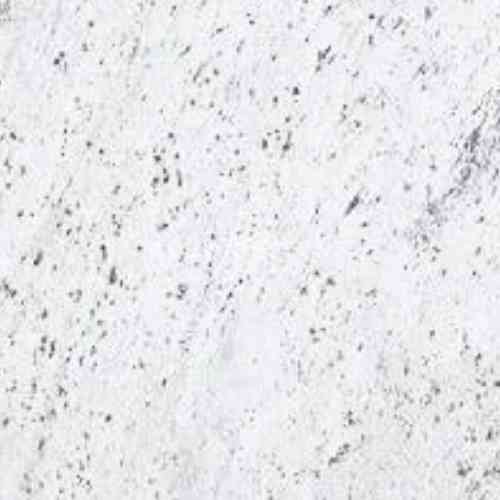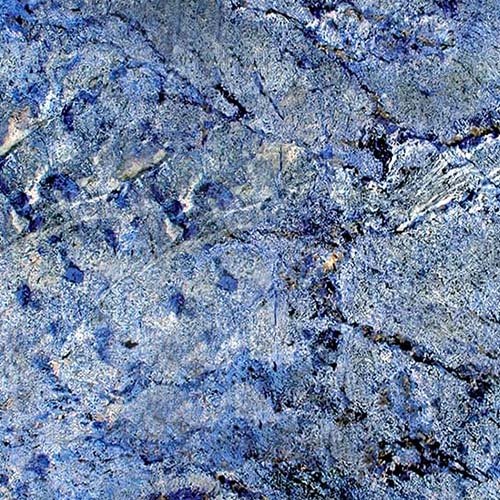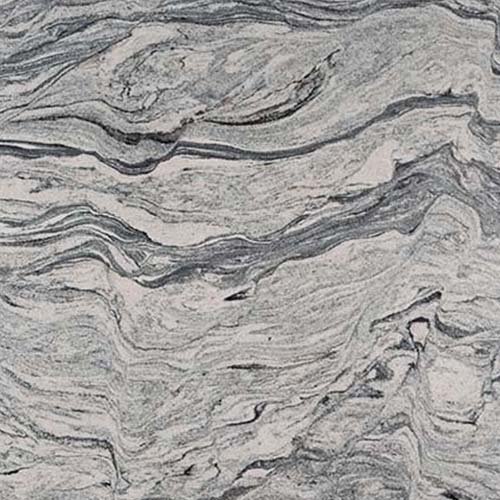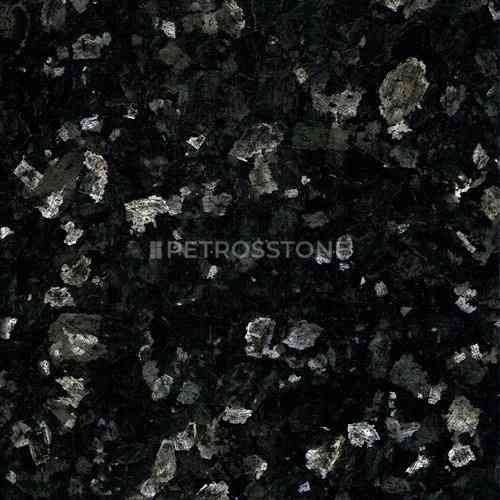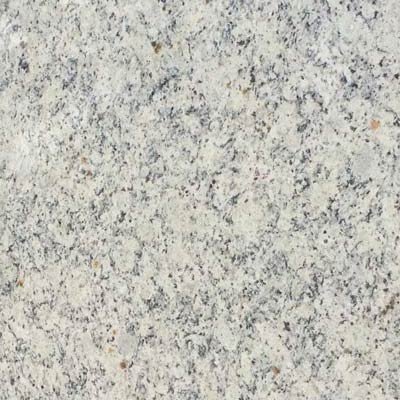
In the world of construction, it is quite common to hear a lot of people discussing about the terms “coping stone” and “capping stone”. These terms might sound similar to you but they serve different purposes and are used in different contexts.
Coping stones are basically sloped or curved stones that deflect water and protect walls from damage, while capping stones are flatter and used mainly for decorative finishing on piers or wall ends.
Physically, coping is more angled or contoured for drainage, whereas capping is flat and smooth for aesthetic appeal.
In this blog, we will understand what coping and capping are, their importance, and explore the major differences between them.
What is Coping Stone?
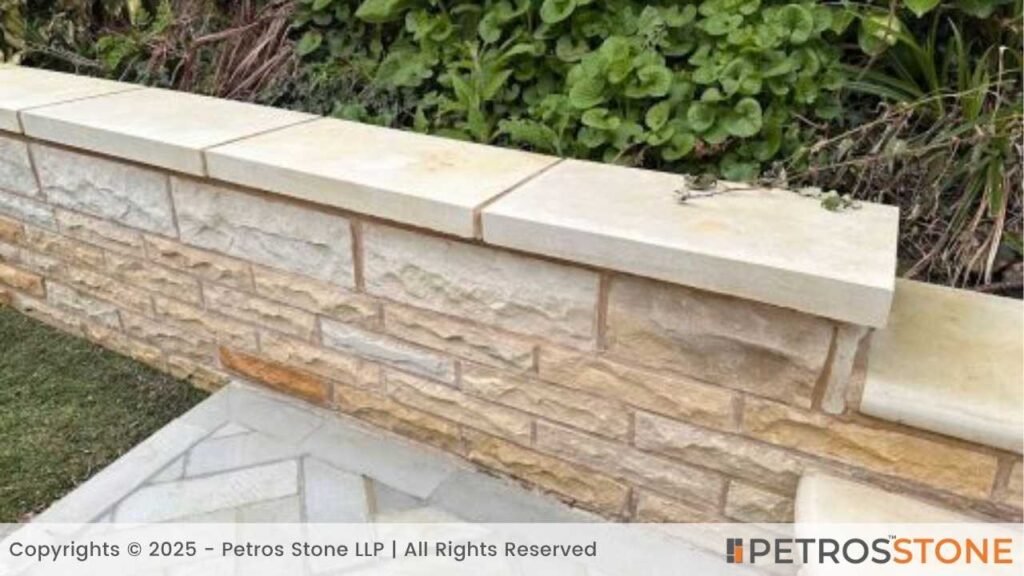
Coping is like a little hat for your walls! Well, a coping stone is a type of masonry stone that is placed on top of a wall or structure. Its primary function is to protect the structure from water damage and wear by deflecting water away from the wall’s surface. That’s why you will often see it sloped or curved – it is all about guiding that water right off.
You will spot coping on all sorts of walls, like garden walls, retaining walls, and those parapet walls you see at the top of buildings.
Features
- It is a water shield
- It pushes water away
- It is made from tough stuff
- It can be used everywhere exposed
What is Capping Stone?
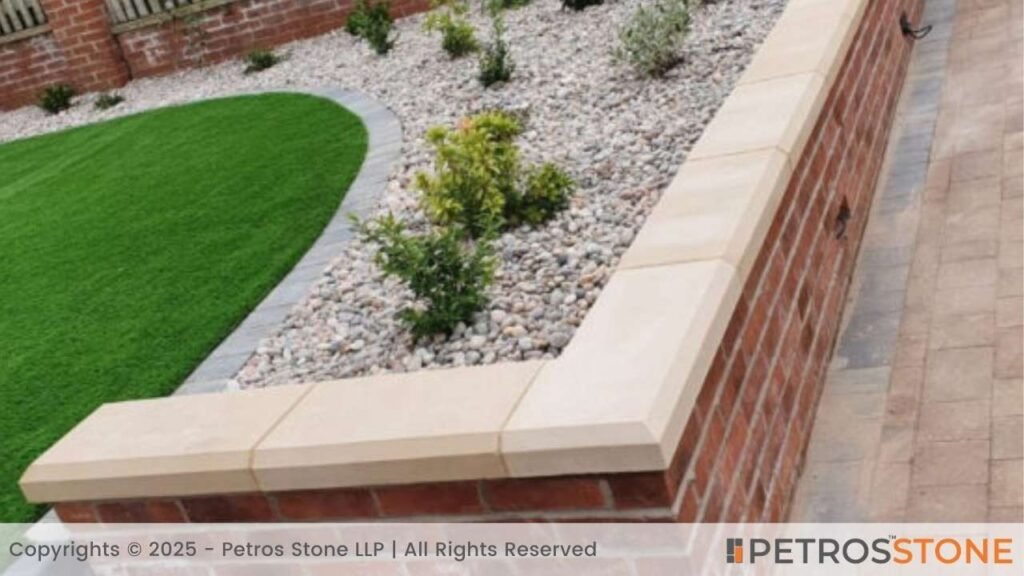
Now coming on to the Capping stone. On the other hand, a capping stone is generally used to cap a pier, pillar, or the end of a wall. Remember that it does offer some protection from the weather because its main purpose is to make things look good and add to the overall durability.
In simple words, Capping stones are usually flatter than coping stones and may be used in situations where water protection is less of a concern or where the appearance of the wall’s top is the priority.
Features
- It is basically about giving a modern look.
- It sits flush on the top of the wall.
- It is made from concrete, stone, or metal.
Importance of Capping and Coping
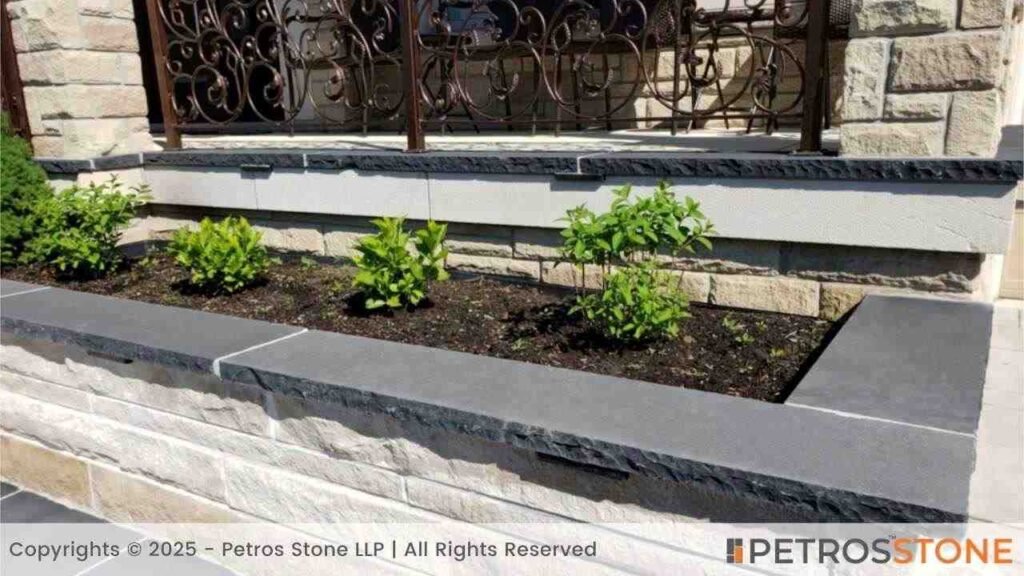
You really can’t overstate how crucial both capping and coping are for your walls. Here’s why they are such a big deal:
- Weather Warriors: This is their top priority! They are like a shield that helps to stop rain, snow, and ice from entering the inside area of your wall. Because when water gets in, it can wreak havoc over time, and prevent moisture penetration. So, this can lead to weakening, crumbling, or even structural failure.
- Prevents Algae and Moss Growth: Just because they are so good at shedding and slipping water, so they holds the power to reduce the moisture content on the wall surface. This directly means that there are less chance for that gross algae, moss, and lichen to grow and make things look dingy.
- Keeps Walls Strong: A wall that’s constantly wet is just a weaker wall. As coping and capping both keep your walls dry, they preserve the strength of the mortar joints and the bricks or blocks themselves.
- Adds Aesthetic Look: Beyond just protecting the structure, coping and capping stones give your walls and piers a really clean, finished, and plain attractive look. They truly can make your outdoor space look better and add a touch of elegance and completeness.
Major Difference Between Coping Stone & Capping Stone?
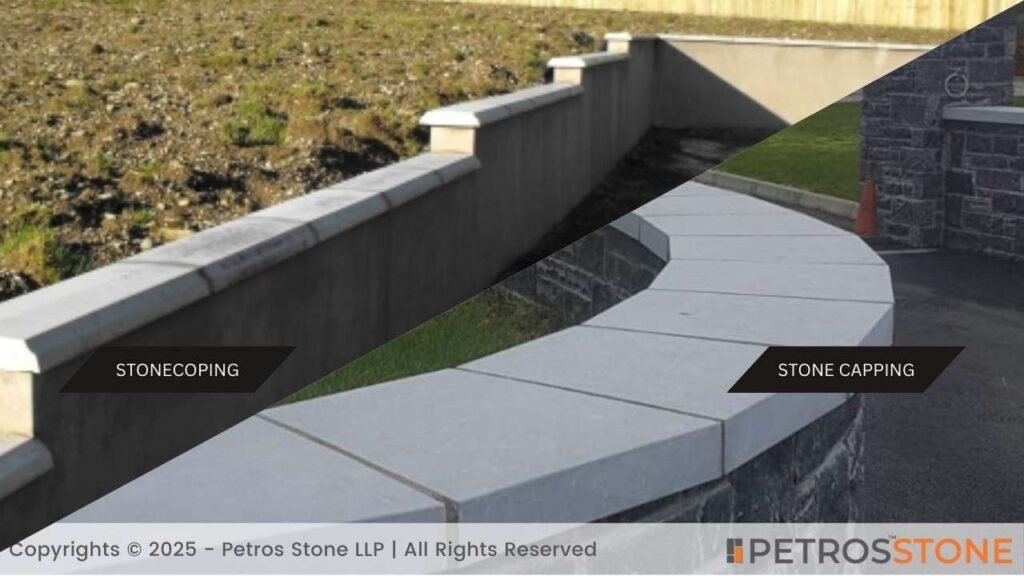
Though coping and capping stones are often confused, they serve distinct roles. Here’s a real in both of these:
| Feature | Capping Stone | Coping Stone |
| What It’s For | This one’s mainly about saving the whole structure from water and weather damage. You’ll see it on both walls and roofs. | It is all about protecting the wall from water, but it also makes sure the top of the wall looks great with a decorative finish. |
| Where You Find It | It can pop up on both roofs and walls, typically just to stop water from sneaking in. | You will find these specifically on the very tops of walls, especially outdoor ones, to keep them safe and looking good. |
| Look & Feel | Generally more about function than flair; its main job is just protection. | Much more decorative, with a bunch of styles available to really match your building’s design. |
| What It’s Made Of | It is usually tough stuff like metal, stone, or concrete. | It is often made from brick, stone, or concrete, but you will usually find more design options to pick from. |
| Average Price | Can start anywhere from about $2 to $15+ per piece for concrete caps, going up to $20 to $100+ or even hundreds per piece for larger, intricately carved natural stone caps. | Generally ranges from around $5 to $20+ per linear foot for concrete or basic brick, and $40 to $80+ per linear foot for natural stone (like travertine or granite), with more elaborate designs costing more. |
Common Materials Used in Coping and Capping
Both coping and capping stones are made from durable materials designed to withstand the elements. Common choices include:
1. Natural Stone
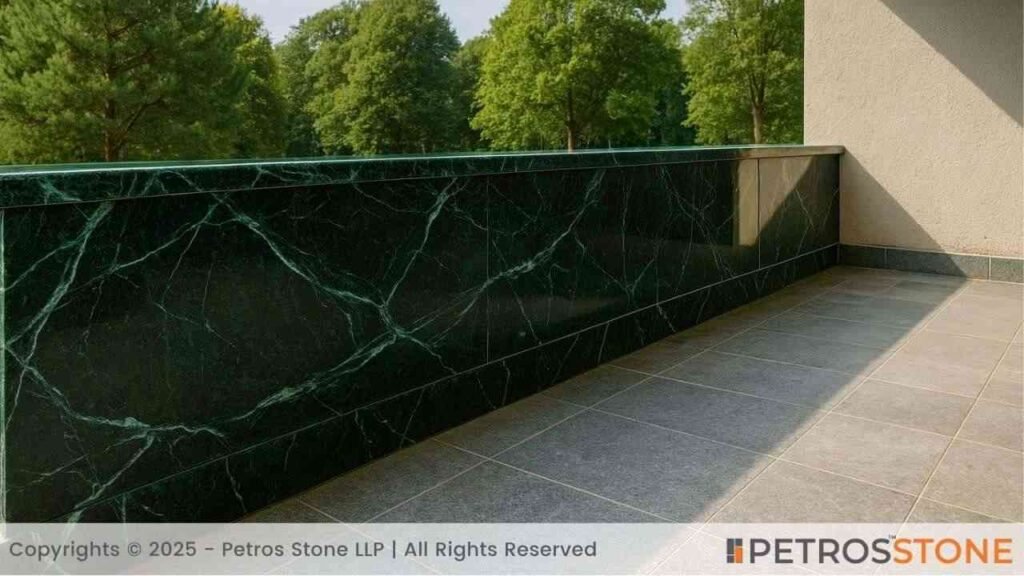
It never ever goes out of style. Some people just love stuff like limestone, sandstone, granite, or slate because they offer amazing and timeless beauty. So, if you are really going for that premium, high-end look and feel, then natural stone is definitely your top pick
2. Cast Concrete
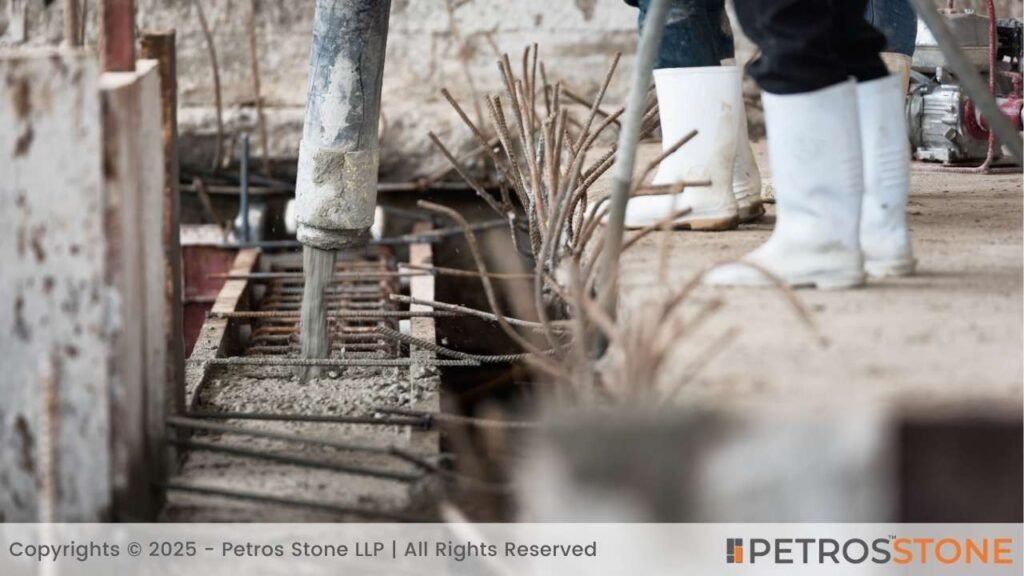
If you are after something that’s super flexible and something that won’t completely drain your bank account, then cast concrete is a fantastic option. The cool thing about it is that you can get it personalized in so many different colors, textures, and even shapes.
3. Terracotta/Clay
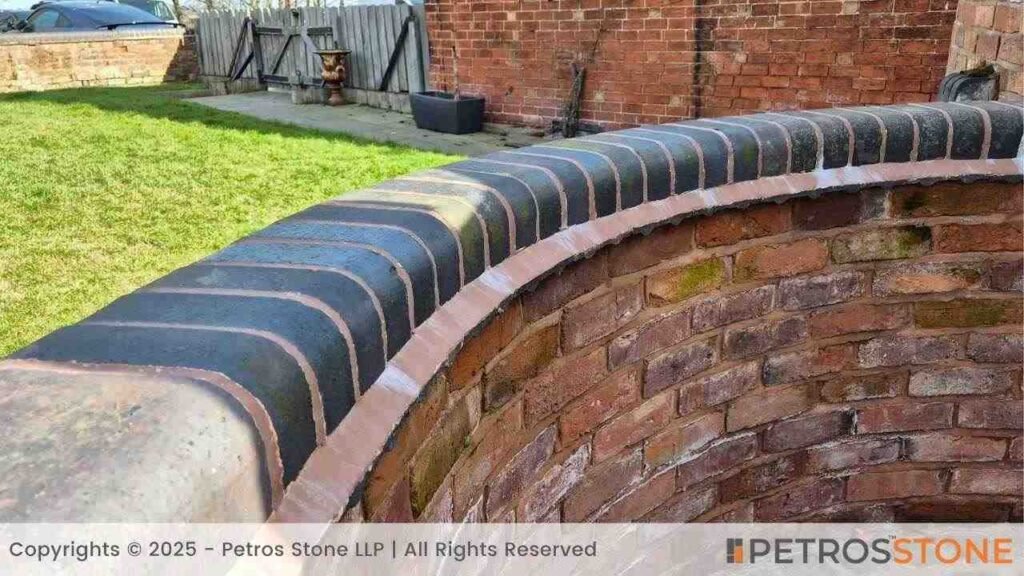
You will often see terracotta or clay bricks on older homes or properties. That really tries to capture that classic character. So, clay has such a lovely and old-school charm. It will just adds a certain warmth and a bit of history to the whole look.
4. Artificial Stone
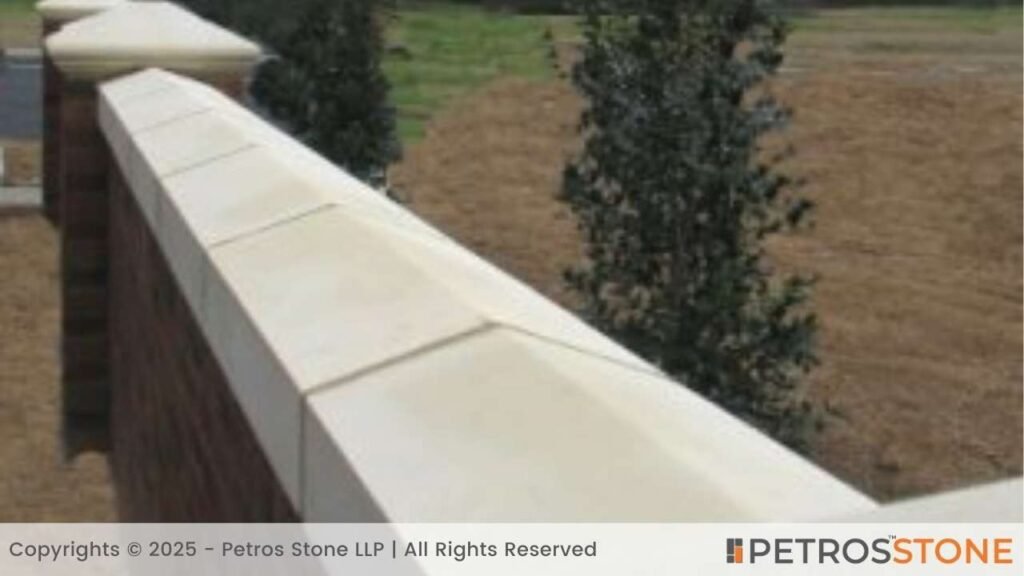
Some capping and coping stones are made from artificial or manufactured stone, which can mimic the look of natural stone. Plus, it also enhance the strength and resistivity of weathering.
How to Choose Between Capping and Coping?
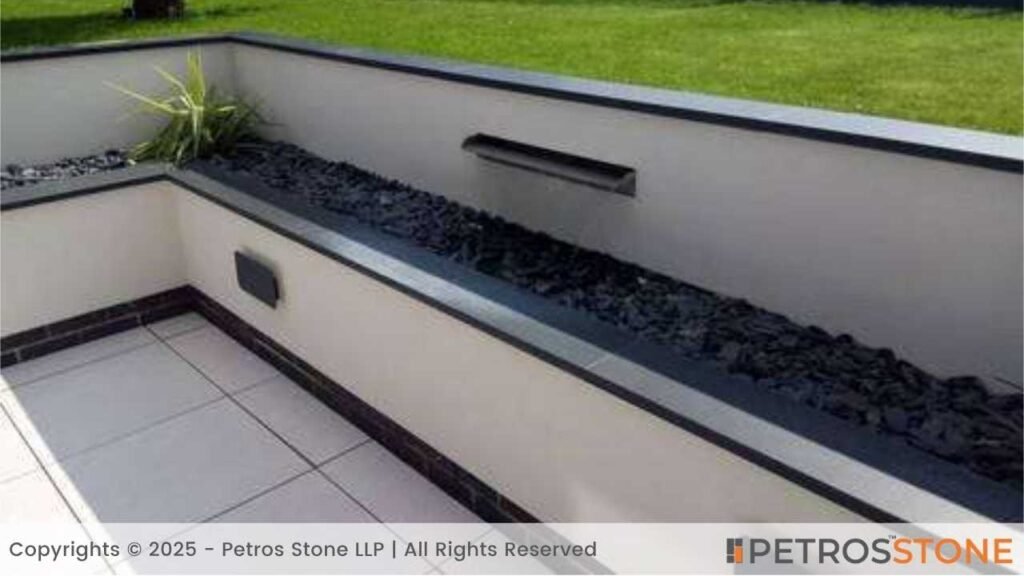
The choice between coping and capping is primarily determined by the structure you are finishing:
- For the top of a continuous, free-standing wall: You need coping stones. And, if water run-off isn’t a major concern and only aesthetics are paramount (e.g., under a wide eaves), you can choose a flat coping stone.
- For the top of a pier, gatepost, or a standalone column: You will need a capping stone. The style of the capping stone should complement the architecture of the gate.
- Function and Design Combination: In some cases, both coping and capping may be used together. For example, a coping stone may be used to protect a wall from water, while a capping stone can be added to give a decorative touch.
- For Water Protection: Coping stones are the better choice, if the primary concern is preventing water from entering or damaging the structure,
- For Aesthetic Finish: If you want to give your structure a polished and finished look, used to protect a wall from water, while a capping stone can be added for a decorative touch.
Which is Better?
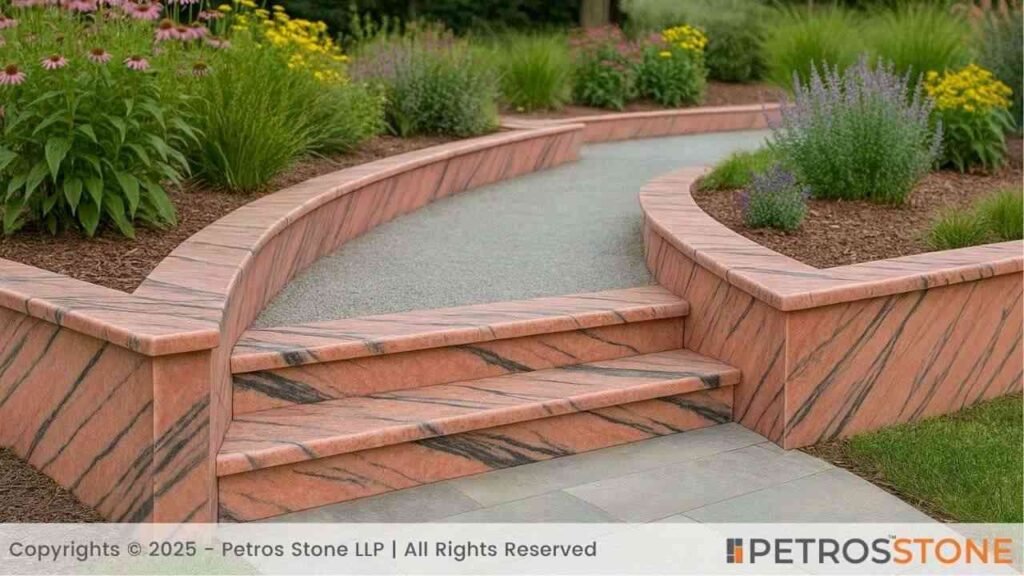
As each of these has its own distinct advantages depending on the context of the project, neither coping stones nor capping stones can be deemed “better” than the other universally.
- Coping Stones: If you are focused on protecting your wall from the elements, especially in areas with heavy rainfall, then coping stones are the better choice.
- Capping Stones: And, if you are looking for an elegant finish that enhances the overall aesthetic of a structure, the capping stones should be your way to go.
Need Help?
Now as you know all the difference, selecting the perfect stone for your project might feel confusing to you, and that’s totally normal. But honestly, if you cannot decide for yourself that you need to protect your building from the elements or just want to make it look fantastic, you will need experts to really point you in the right direction.
And, if you are still scratching your head about which type of stone will truly work best for your unique situation, don’t sweat it! That’s exactly where the folks at PetrosStones come in. Seriously, don’t hesitate to give a professional manufacturer a shout. They will definitely help clear up any doubts you have!
FAQs
1. What is the difference between capping and coping stones?
Coping stones are primarily used for protecting the structure from water damage, while capping stones are used just for aesthetic purposes. It gives a finished appearance to the top of a structure.
2. What is the real difference between a capping beam and a coping beam?
A capping beam is a reinforced concrete beam placed on top of a structure that is typically used for structural support, while a coping beam is used to protect against water damage. Both of these techniques serve different purposes but you can use them together in some of the applications.
3. Is “aluminium capping” just another term for “coping”?
Yes. Aluminium capping is used more for aesthetic finishes and protection from wear, while coping typically refers to stones or materials used to divert water off a structure.
4. When should you use coping?
Coping should be used when water protection is a priority, such as on top of walls exposed to the elements or in areas where rainwater runoff is a concern.
5. What is a coping stone?
A coping stone is a type of stone that is placed on the top of a wall or structure to protect it from water damage by directing water away from the surface.
6. And what’s a capping stone?
On the other hand, capping stone is a flat or rounded stone used to finish the top of a wall or structure. It is often used just for aesthetic purposes that provides a clean and uniform appearance to any structure.
Feel free to get in touch for a free consultation, quote, and get a detailed understanding from our experts here at Petros®. Visit https://petrosstone.com/ or call +91-8446360361 and WhatsApp

Hello!
I’m Varsha, with a deep interest in architecture and years of content writing experience, I explore how natural stones like granite and marble shape beautiful, functional spaces. At Petros® Stone, I share insights that help readers appreciate the design potential and timeless appeal of stone.
Brown Granite
White Galaxy Granite
Blue Bahia Granite
Silver Cloud Granite
Black Pearl Granite
Dallas White Granite



